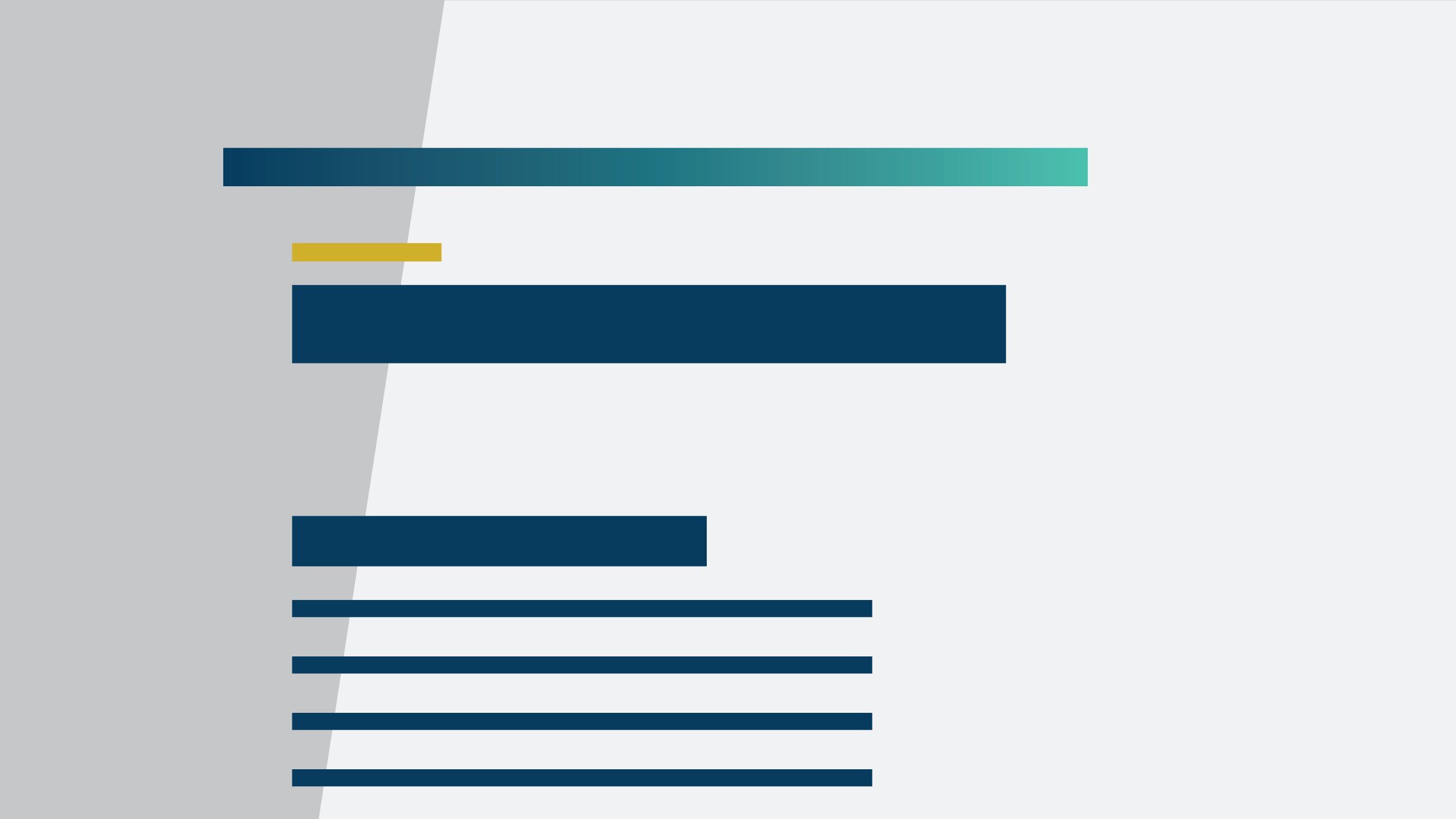Traditional macroeconomic models of the economy equate the long-term value of a company with the value of its capital stock. Those models therefore struggle to explain the dramatic behavior of stock prices, which are far more volatile than the measured capital of U.S. corporations. The field of finance, on the other hand, does offer explanations for stock price volatility, which are generally attributed to time-varying expected returns. But the relatively smooth path for observed capital investment seems hard to reconcile with the view that there are large fluctuations in investors’ required returns.
Minneapolis Fed monetary advisors Jonathan Heathcote and Fabrizio Perri, with Bank consultant Andrew Atkeson of UCLA, are in search of the missing link between steady capital investment and wild corporate valuations (Minneapolis Fed Staff Report 665, “Reconciling Macroeconomics and Finance for the U.S. Corporate Sector: 1929 to Present”). They argue that we can bridge the gap between the macro and finance views of the world by modeling an explicit role for “factorless” income, a concept coined by Minneapolis Fed consultant Loukas Karabarbounis and Brent Neiman in a 2019 paper. Following their approach, Atkeson, Heathcote, and Perri calculate factorless income as the amount that remains after payments to labor and capital are subtracted from total U.S. corporate revenues.
Atkeson, Heathcote, and Perri find that factorless income is quite volatile. Fluctuations in factorless income translate into large fluctuations in the total amount of free cash flow that firms generate, where free cash flow measures the total flow of income that firms can return to investors. On an aggregate level, free cash flow and valuations appear to generally track each other (see figure, in which each is presented as a proportion of gross annual U.S. corporate value added). This suggests a strong link between corporate valuations and corporate profitability, especially since World War II.
Because the factorless income component of free cash flow is volatile, changing investor expectations of this future cash flow can send the market valuations of U.S. companies on wild swings.
By contrast, the economists find that the go-to explanation from the finance literature—variation in expected returns (the anticipated appreciation in stock prices)—has a comparatively weak relationship to corporate valuations. In other words, cash (flow) is still king. The finding complements related work by the same authors in which they show, using a different dataset, how fluctuations in expected dividends can largely justify historically volatile stock prices.
By explicitly distinguishing between payments to factors of production (labor and capital) versus factorless income flowing separately to owners of the corporation, the economists break the usual link in macro models between capital stock and stock-market valuation. They find that expectations for a flow of cash that is divorced from the direct return on capital can lead to large fluctuations in share prices while having little bearing on management choices about capital expenditures.
The economists emphasize the importance of their data source, which is uniquely suited to their question. The Integrated Macroeconomic Accounts for the United States (IMAs) combine data on national income, expenditures, savings, investment from the U.S. Bureau of Economic Analysis with aggregated corporate balance sheet data from the Federal Reserve. The economists use IMA data to construct a finance-style model of the total value and total free cash flow of U.S. corporations from 1929 to 2024. This finance model delivers a series for expected returns, which they feed into a stochastic macroeconomic growth model of the economy that includes a role for factorless income.
While their analysis seeks to reconcile almost 100 years of U.S. corporate history, it could offer special insight into recent financial developments. “In the post-Great Recession period, corporate valuations have soared,” the economists write. “Over the same period, free cash flow has also risen sharply, and our model attributes the observed rise in valuations primarily to a similarly sized rise in long run expected free cash flow.”
They note that expected returns to stocks have fallen slightly in recent years, in line with declining returns on safe assets. But that decline does not play an important role in explaining soaring valuations, because declining returns largely mirror declining expected growth. Soaring valuations, in their accounting, instead reflect shareholders collectively anticipating a large, persistent flow of factorless income from their ownership of companies.
Atkeson, Heathcote, and Perri calculate that factorless income to investors topped $1.34 trillion in 2024 (the final year of their sample). Assuming this flow remains constant as a share of corporate-sector value added, and applying their valuation multiple of 26.37, this flow contributed $35.4 trillion out of an aggregate U.S. corporate valuation of $81 trillion in 2024. The authors’ analysis suggests that current valuations are substantially supported by fundamentals and do not necessarily reflect some form of irrational exuberance.
Read the Minneapolis Fed staff report: “Reconciling Macroeconomics and Finance for the U.S. Corporate Sector: 1929 to Present”
Jeff Horwich is the senior economics writer for the Minneapolis Fed. He has been an economic journalist with public radio, commissioned examiner for the Consumer Financial Protection Bureau, and director of policy and communications for the Minneapolis Public Housing Authority. He received his master’s degree in applied economics from the University of Minnesota.





